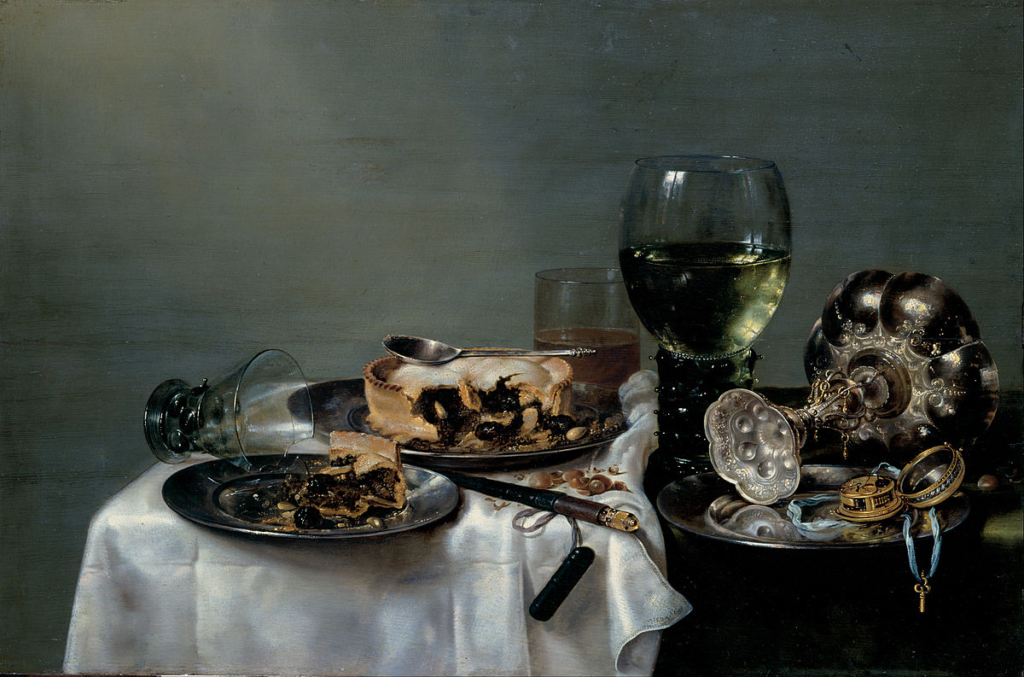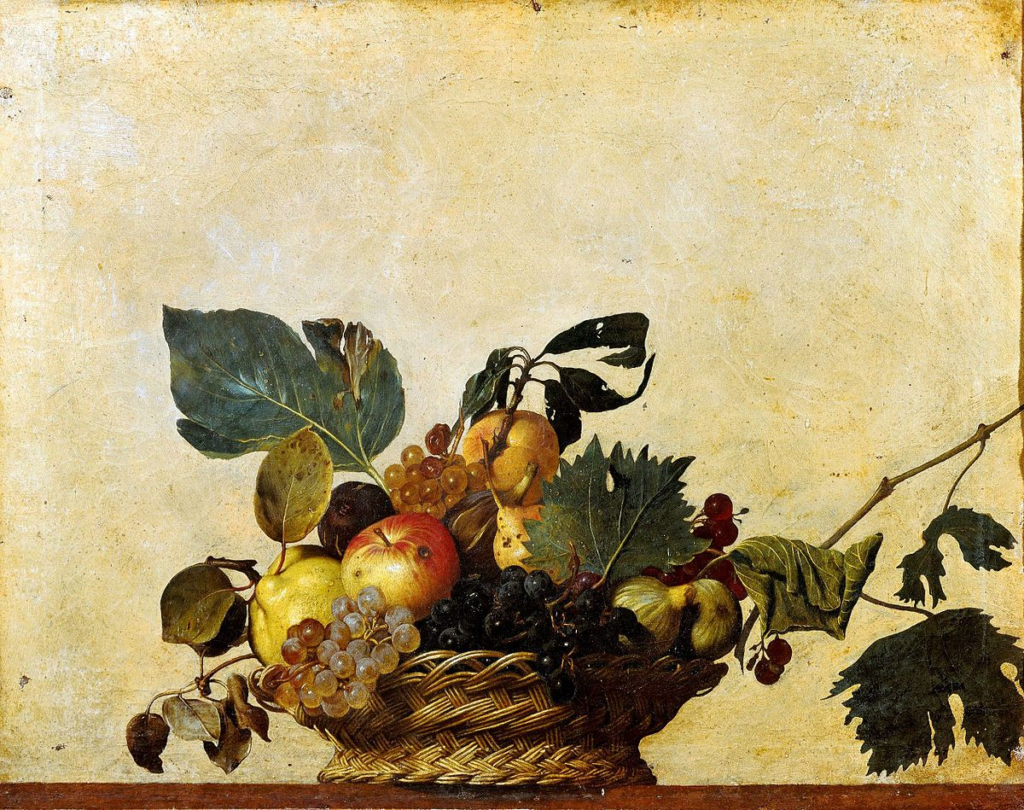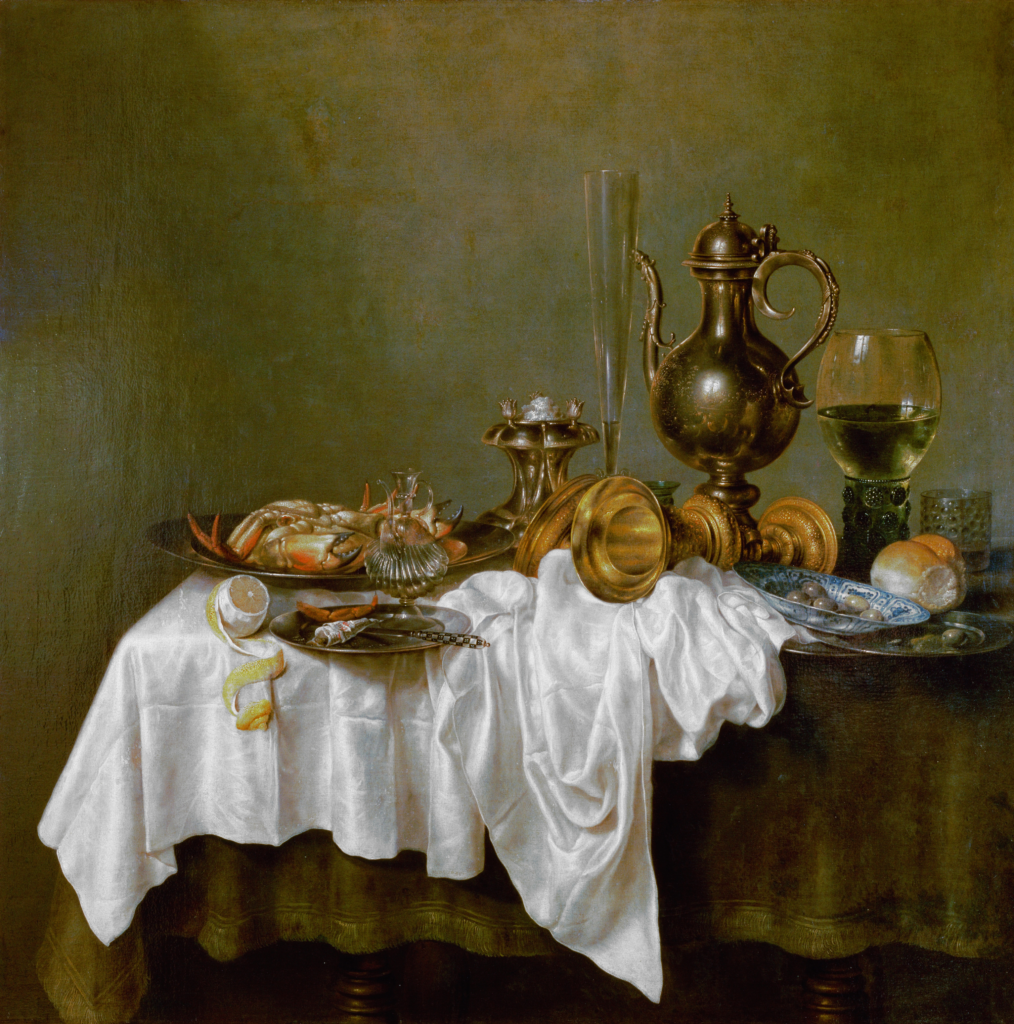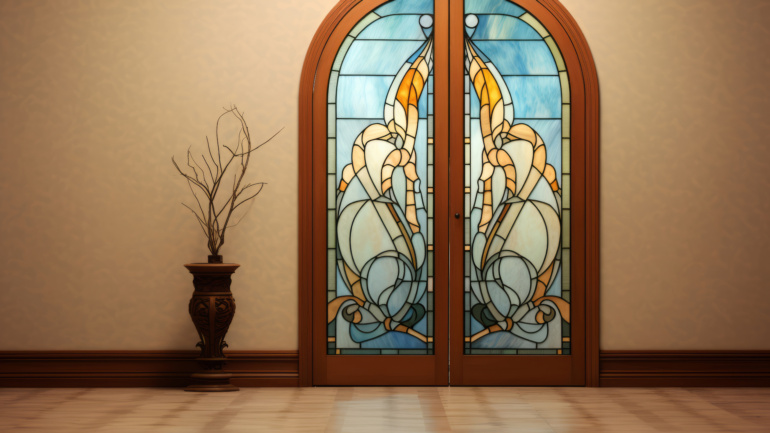Today, let’s return to the Northern Netherlands and talk about still life painting.
Baroque Era Northern Still Life Paintings
- Still life painting originated in 17th-century Holland and has now become an independent genre, mainly depicting relatively stationary objects such as flowers, fruits, vessels, food, and tableware. These are not fleeting moments that change over time, but rather a relatively stable scene. Though seemingly ordinary, these paintings offer a rich expressive space. One of the most famous still life painters, Willem Claesz. Heda, achieved significant success in this genre, and his innovations greatly influenced the development of still life painting.
- The rise and popularity of still life painting can be understood within the larger social context of the Northern Reformation. At that time, the Northern Netherlands was a stronghold of Protestantism, which opposed Spanish rulers. Their attitude toward art was completely different from that of the Catholic South. They rejected superficial and luxurious artistic expressions and the direct portrayal of religious themes. As a result, artists, unable to directly depict religious subjects, turned to portraits, genre scenes, and still life paintings.
- Religious elements are also embedded in still life paintings. Due to the Reformation, though the Northern Netherlands did not engage in idol worship or depict sacred content in art, the importance of the Eucharist remained. This is a special form of worship where bread symbolizes the body of Christ and wine symbolizes his blood. Consequently, the Northern people were open to depicting food in paintings, using abundant food to demonstrate their steadfast faith. Therefore, many still life paintings from that time focused on food as the main subject.
- In society, still life painting became a means of “showing off wealth.” The 17th century was the “Golden Age” of the Netherlands, during which the country established maritime dominance and thriving trade. The merchant class became dominant, and to satisfy their need to display wealth and status, still life paintings depicting symbols of wealth, such as jewelry, gold and silver plates, and other expensive items, became a major artistic theme, alongside portraits.
- The key to creating still life paintings lies in the fine art of “arranging objects.” How to arrange a plate of fruit or a vase of flowers are essential skills in still life painting. A still life painting must have real objects as references for the artist to depict. These objects are carefully chosen and meticulously arranged based on the artist’s conception, ensuring that the placement of different items creates a harmonious overall relationship, ultimately resulting in a beautiful still life.
- The composition of still life paintings is extremely important. Though there are no figures in the painting, there are still fundamental elements of contrast and dramatic conflict. Scenes of overturned cups and scattered plates often appear in still life paintings, designed to enhance the composition. Items such as fallen candlesticks and horizontal cups create an unsettling sense of conflict. By arranging objects in different directions and angles, the composition of the painting becomes more stable.
- In still life paintings, the artist still has room to “show off their skills,” and the technique of lighting is crucial. In portrait paintings, artists often focus on rendering the folds in the clothing to display their technical abilities. In still life paintings, this is replaced by the depiction of tablecloths. Lighting is particularly important in still life painting, as each element in the painting must be considered, making the whole composition appear more vivid.
- Willem Claesz. Heda (1594-1680), also known as Heda or Haida, was a master of still life painting during this period and is famous for his innovations in this genre. The greatest contribution Heda made to still life painting was in composition. He tilted the table that holds the objects in the painting, transforming it from merely a display platform into an integral part of the composition.
- Heda was not only skilled in lighting but also cleverly used ambient light. He was the first painter to recognize the influence of ambient light. In traditional painting, the light on an object’s surface comes from a direct light source. However, Heda took into account the light reflected from surrounding objects, such as the green light reflected from a nearby apple on silverware, making the painting more lifelike and closer to real-world environments.
- Heda also created a sub-genre within still life painting known as “breakfast after painting.” This genre depicts scenes of disorderly cups and plates after a breakfast, with leftover food and scattered knives and forks. Although the scene is objectively chaotic, it is precisely the perfect subject for still life painting, excelling in composition, color, and dramatic tension.

Heda – “Breakfast with Oysters”, the horizontally placed cups, etc., are designed to create a sense of instability and conflict, specifically for the purpose of composition.

Heda – “Breakfast with Blackberry Pie”, Heda created the sub-genre “Breakfast After Painting,” depicting scenes of disorderly cups and plates after a breakfast.

Caravaggio – “Still Life with Fruit”, the traditional still life painting table is simply a platform for displaying objects and not an element of the composition.

Vermeer – “The Milkmaid”, the lighting on both the figures and other elements in the painting is very detailed.
Tip:
How to identify a painting by Heda: If you come across a still life painting with cold tones and notice a lemon with its skin peeled off, with the peel hanging in layers, it is highly likely to be a work by Heda. The aesthetic function of this lemon is significant because most still life paintings use straight lines, and the naturally curling curves of the lemon’s peel can bring vitality and movement to the entire composition. The bright yellow of the lemon also makes the painting more vibrant. While this is not an exclusive technique of Heda’s, it frequently appears in his works, making it a useful clue for identification.



